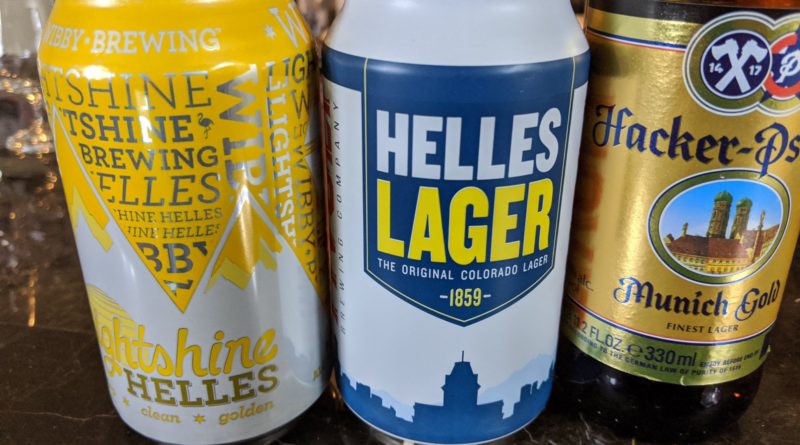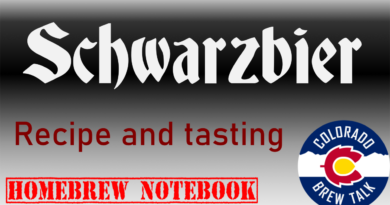Episode 24: Tasting of Munich Helles (Category 4A)
Category 4a, Munich Helles, is part of the Pale Malty European Lager category.
Our three examples of the style are:
- Hacker-Pschorr Münchner Gold
- Tivoli Brewing Helles Lager
- Wibby Brewing Lightshine Helles
We had a bit of an issue finding the examples listed in the BJCP Guidelines, so we picked up the Tivoli brewing Helles Lager, and the Wibby Brewing Lightshine Helles. Tivoli has been around for quite a long while, and Wibby is a favorite of the show, and we’ve always been impressed with their beers.
According to the Tivoli Brewery History page at History Colorado Tivoli actually closed in 1969, and reopened in 2010. The Tivoli “Our Story” page says they opened in 1859, and reopened in 2015.
From the BCJP 2015 Guidelines for category 4a: Munich Helles
https://dev.bjcp.org/style/2015/4/4A/munich-helles/
Appearance:
Medium yellow to pale gold. Clear. Persistent
creamy white head.
Aroma:
Moderate grainy-sweet malt aroma. Low to moderately-low spicy, floral, or herbal hop aroma. While a clean aroma is most desirable, a very low background note of DMS is not a fault. Pleasant, clean fermentation profile, with malt dominating the balance. The freshest examples will have more of a malty-sweet aroma.
Flavor
Moderately malty start with the suggestion of sweetness, moderate grainy-sweet malt flavor with a soft, rounded palate impression, supported by a low to medium-low hop bitterness. The finish is soft and dry, not crisp and biting. Low to moderately-low spicy, floral or herbal hop flavor. The malt dominates the hops in the palate, finish, and aftertaste, but the hops should be noticeable. There should not be any residual sweetness, simply the impression of maltiness with restrained bitterness. Very fresh examples will seem sweeter due to the fresh, rich malt character that can fade with time. Clean fermentation profile.
Mouthfeel
Medium body. Medium carbonation. Smooth, well-lagered character.
History
Created in Munich in 1894 at the Spaten brewery to compete with pale Pilsner-type beers. Currently the most popular style in Southern Germany.
We noticed that many of the beers we’ve been trying are noted to have been developed or created to compete with the Czech Pilsners. We’re wondering what the story there is. Maybe there’s a book out there, if so, let us know.



